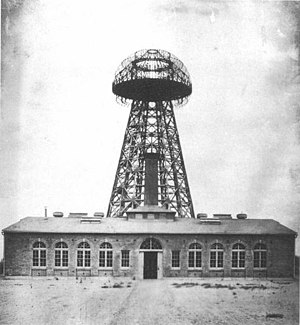Disha Karnataki
Full Member level 5

hi people,
i would like to ask if at all i can transmit electrical power on radio waves??. If i can do so then i have to increase the frequency of electrical power
at least up-to 15khz or may be much more than 50hz or 60hz. So, by doing so what will happen to the electric power . I mean what will be the resultant .
what can be the output at receiver end? :?:
i would like to ask if at all i can transmit electrical power on radio waves??. If i can do so then i have to increase the frequency of electrical power
at least up-to 15khz or may be much more than 50hz or 60hz. So, by doing so what will happen to the electric power . I mean what will be the resultant .
what can be the output at receiver end? :?:




